Bearded dragons, those charismatic lizards from Australia with their spiky appearance and gentle demeanor, have become beloved pets in households worldwide. As responsible pet owners, we often wonder if our scaly companions can benefit from spending time outdoors, just as we do. The natural sunlight, fresh air, and new sensory experiences can potentially enrich their lives—but is it safe? Taking your bearded dragon outside isn’t as simple as walking a dog, and requires careful planning and precautions. This comprehensive guide explores everything you need to know about safely introducing your bearded dragon to the great outdoors, from understanding the benefits to recognizing potential dangers and implementing proper safety measures.
Benefits of Outdoor Time for Bearded Dragons
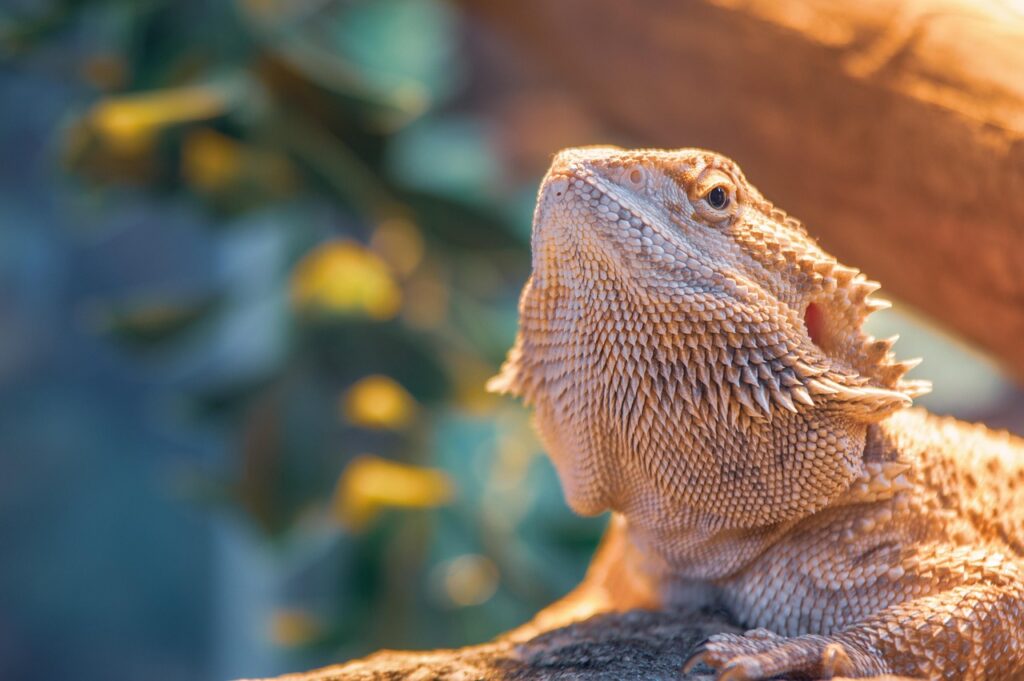
Allowing your bearded dragon supervised time outdoors offers several significant health and welfare benefits. Natural sunlight provides unfiltered UVB rays, which are essential for vitamin D3 synthesis and calcium metabolism in reptiles, often surpassing what artificial lighting can offer. The varied sensory environment—different smells, sights, textures, and sounds—provides crucial mental stimulation that can reduce stress and prevent boredom. Additionally, outdoor excursions allow for more space to explore and exercise, promoting physical health and natural behaviors. Many bearded dragon owners also report that their pets appear more alert and active after regular outdoor sessions, suggesting an overall improvement in their quality of life.
Understanding Weather Requirements

Temperature considerations are paramount when planning outdoor time for your bearded dragon. These reptiles thrive in temperatures between 75-85°F (24-29°C) ambient air temperature, with basking spots around 95-105°F (35-40°C), making warm, sunny days ideal. Never take your dragon outside when temperatures fall below 70°F (21°C), as they cannot effectively regulate their body temperature in cooler conditions. Humidity should also be monitored, with the ideal range being 30-40% for bearded dragons; excessively humid conditions can lead to respiratory issues. Additionally, avoid taking your dragon out during windy days, as rapid temperature fluctuations can stress their system, or during extreme heat over 105°F (40°C), which risks overheating.
Dangers of Predators and Other Animals
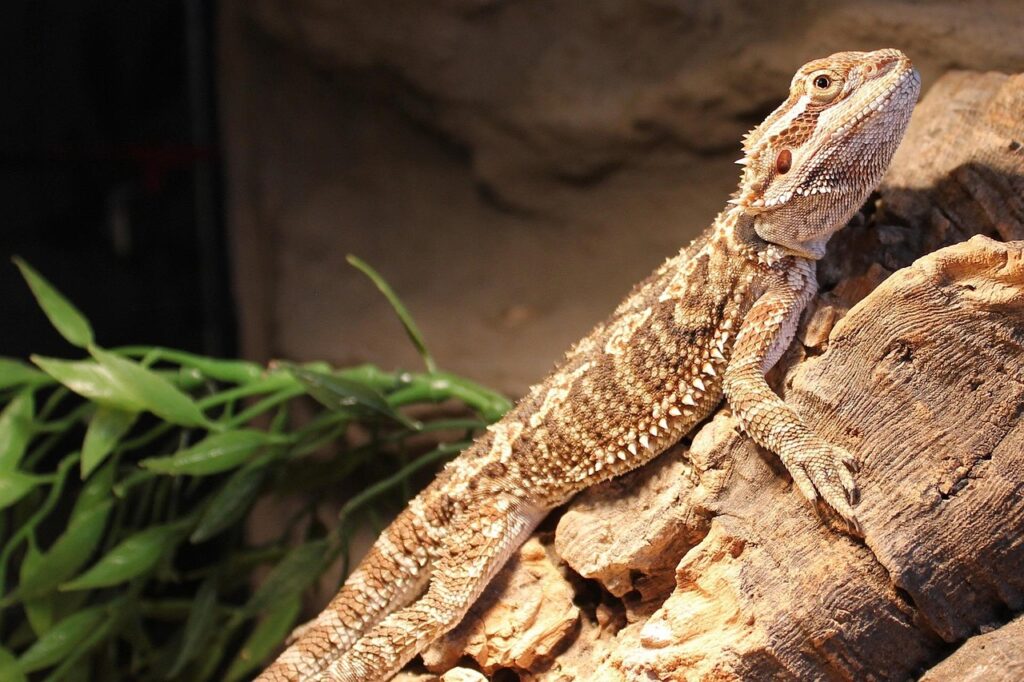
The outdoor world harbors numerous predators that pose serious threats to bearded dragons, including birds of prey like hawks and crows that might swoop down unexpectedly. Neighborhood cats, dogs, and even some wildlife such as raccoons or foxes may view your beardie as prey or react aggressively to its presence. Even seemingly harmless encounters with local wildlife could expose your pet to parasites, bacteria, or diseases that could compromise their health. Insects in your yard might have been exposed to pesticides or other chemicals that could poison your dragon if ingested. For these reasons, constant vigilance and never leaving your bearded dragon unattended while outdoors are non-negotiable safety measures.
Creating a Safe Outdoor Enclosure

A secure outdoor enclosure provides the perfect balance between freedom and safety for your bearded dragon. The ideal setup includes a fully enclosed space with walls at least 12 inches high (beardies can climb!) and a secure top to prevent escape and protect from aerial predators. Materials should be non-toxic and allow for adequate airflow while blocking potential predators from reaching your pet. The enclosure should include areas of both sun and shade, allowing your dragon to thermoregulate naturally by moving between temperature zones. Portable options include modified playpens, mesh pet enclosures, or custom-built reptile runs that can be set up temporarily on grass, patios, or decks.
Using a Harness and Leash
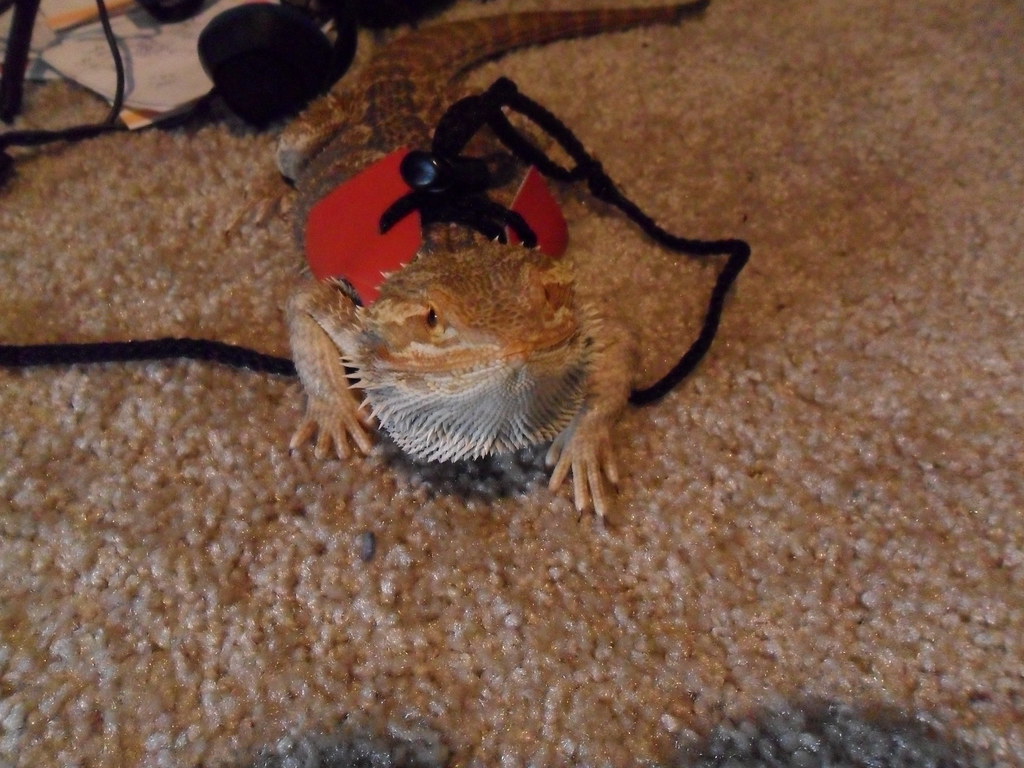
Harnesses designed specifically for reptiles offer an alternative way to safely take your bearded dragon outdoors while maintaining control. These specialized harnesses typically loop around the shoulders and behind the front legs, with an adjustable design that should be snug but not restrictive. Proper fitting is crucial—you should be able to slip one finger between the harness and your dragon’s body. Introduce the harness gradually indoors, allowing short wearing periods before attempting outdoor excursions. Be aware that some bearded dragons may never become comfortable with harnesses, showing signs of stress like black bearding or excessive struggling, in which case this method should be discontinued in favor of enclosed options.
Supervision and Handling Requirements
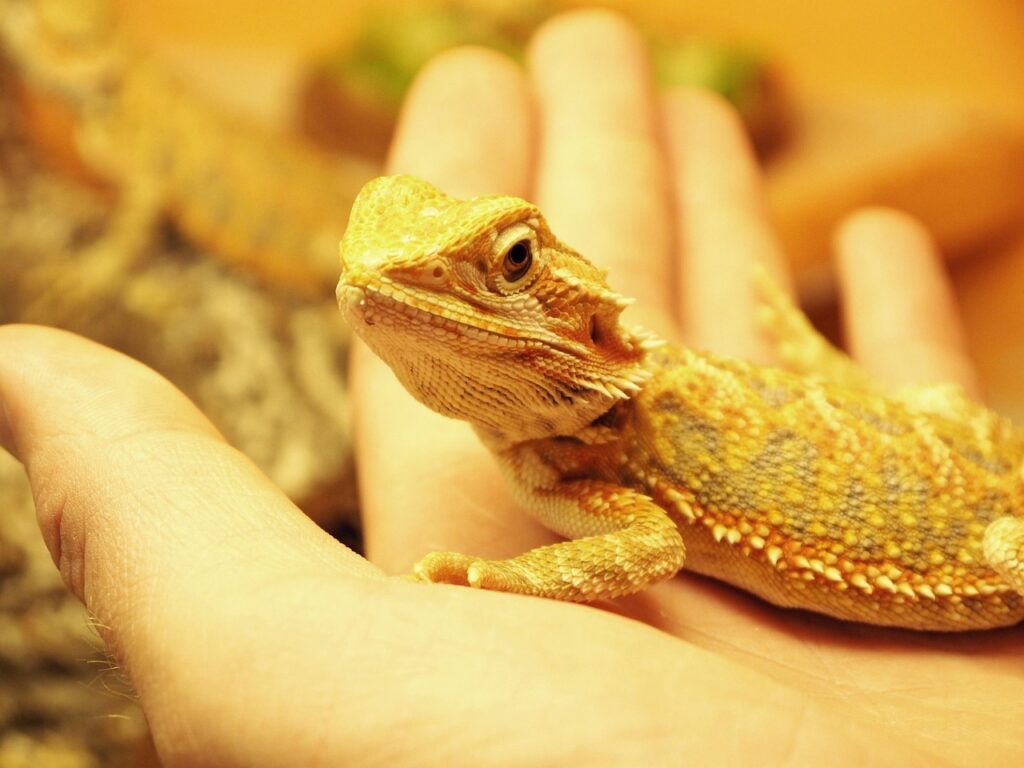
Constant supervision is the golden rule when your bearded dragon is outdoors, regardless of the containment method you choose. Never leave your pet unattended—even briefly—as situations can change rapidly, with predators approaching or weather shifting unexpectedly. Maintain proper handling techniques by supporting your dragon’s body fully, particularly their legs and tail, to prevent injury or escape attempts. Be attentive to your dragon’s body language, watching for signs of stress such as puffing out their beard, hissing, darkening coloration, or frantically trying to escape, which indicate they should be returned indoors immediately. Approaching vehicles, loud noises, or other pets can all trigger stress responses that require prompt intervention.
Avoiding Toxic Plants and Substances

The outdoor environment contains numerous plants and substances that can be harmful or fatal to bearded dragons if ingested. Common garden plants like oleander, lily of the valley, azaleas, rhododendrons, and many others are toxic to reptiles and should be kept well away from your dragon’s reach. Lawns treated with fertilizers, herbicides, pesticides, or other chemicals are unsafe for bearded dragons, as these substances can be absorbed through their skin or ingested during normal exploratory behaviors. Before any outdoor session, thoroughly inspect the area for hazards like small stones (choking risks), standing water (drowning risks), and toxic materials, including cigarette butts or other litter that curious dragons might investigate.
Time and Duration Guidelines
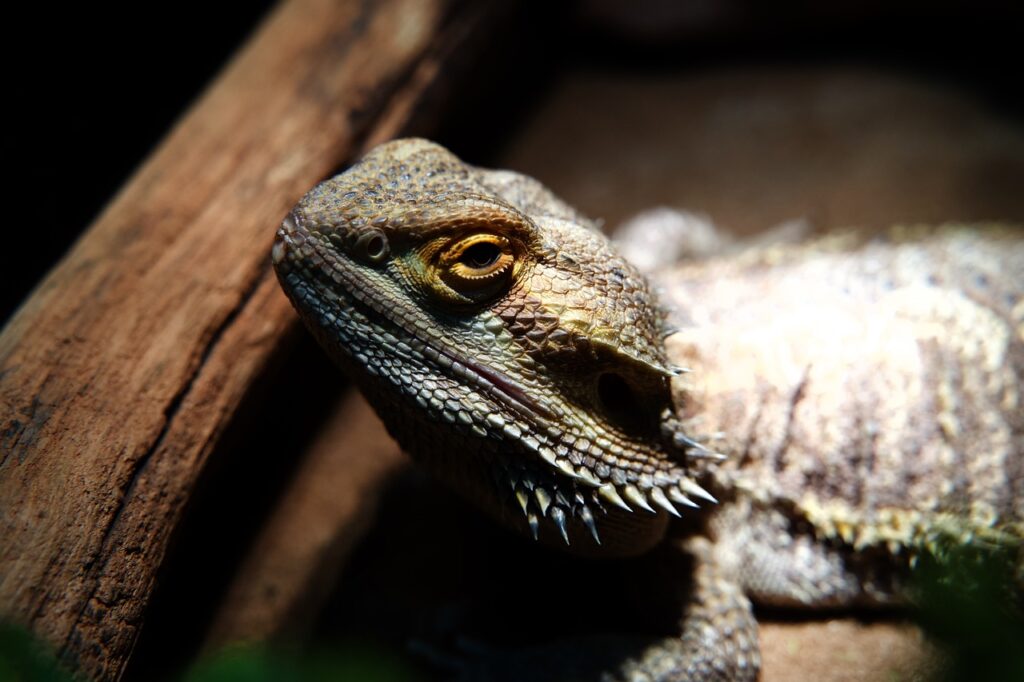
The ideal duration for outdoor sessions depends on various factors including weather conditions, your dragon’s age, and their individual comfort level. For first-time outdoor experiences, limit sessions to just 10-15 minutes, gradually increasing to 30-60 minutes as your pet becomes more comfortable with the environment. Mid-morning to early afternoon (10 AM to 2 PM) typically offers the best balance of UVB exposure and appropriate temperatures, though this varies seasonally and geographically. Closely monitor your dragon for signs of overheating (open-mouth breathing, seeking shade) or cooling (darkening color, reduced activity), adjusting exposure time accordingly. For dragons with health issues or those that are very young (under 3 months) or elderly, outdoor time should be particularly conservative.
Seasonal Considerations

Different seasons present varying opportunities and challenges for outdoor bearded dragon activities. Summer offers abundant natural UVB but risks overheating, requiring shorter sessions with ample shade and careful temperature monitoring. Spring and fall generally provide ideal conditions in many regions, with moderate temperatures perfect for longer outdoor adventures. Winter in most non-tropical climates is unsuitable for outdoor time, with temperatures far below what bearded dragons can tolerate safely. Seasonal allergies and pollens can affect some dragons during certain times of year, so watch for unusual symptoms like excessive eye-rubbing or lethargy following outdoor exposure. Always check local weather forecasts before planning outdoor time, as conditions can vary dramatically even within the same season.
Health Checks Before and After
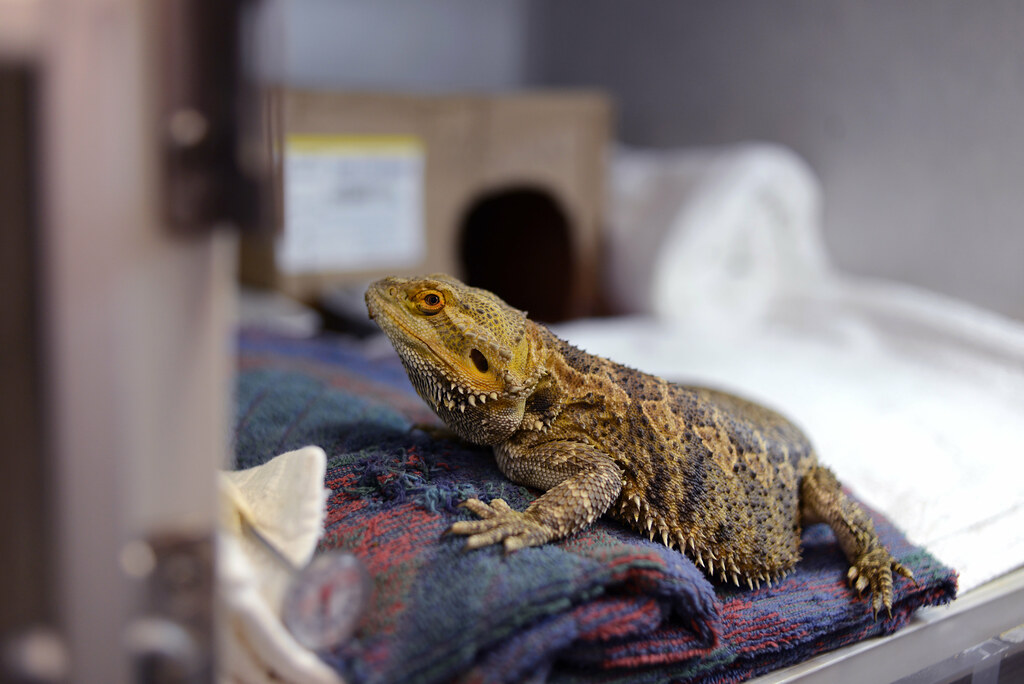
Implementing health checks before and after outdoor excursions helps ensure your bearded dragon remains in optimal condition. Before heading outside, examine your pet for any pre-existing health concerns such as respiratory issues, lethargy, or abnormal stools that might be exacerbated by environmental stressors. After returning indoors, thoroughly inspect your dragon for any parasites like ticks or mites that might have attached during the outing. Check between scales, around the vent, and in skin folds where parasites commonly hide. Monitor your bearded dragon’s behavior for 24-48 hours following outdoor time, watching for signs of illness or stress such as reduced appetite, unusual stool consistency, or respiratory changes that might indicate they encountered something harmful.
Hydration and Feeding Considerations
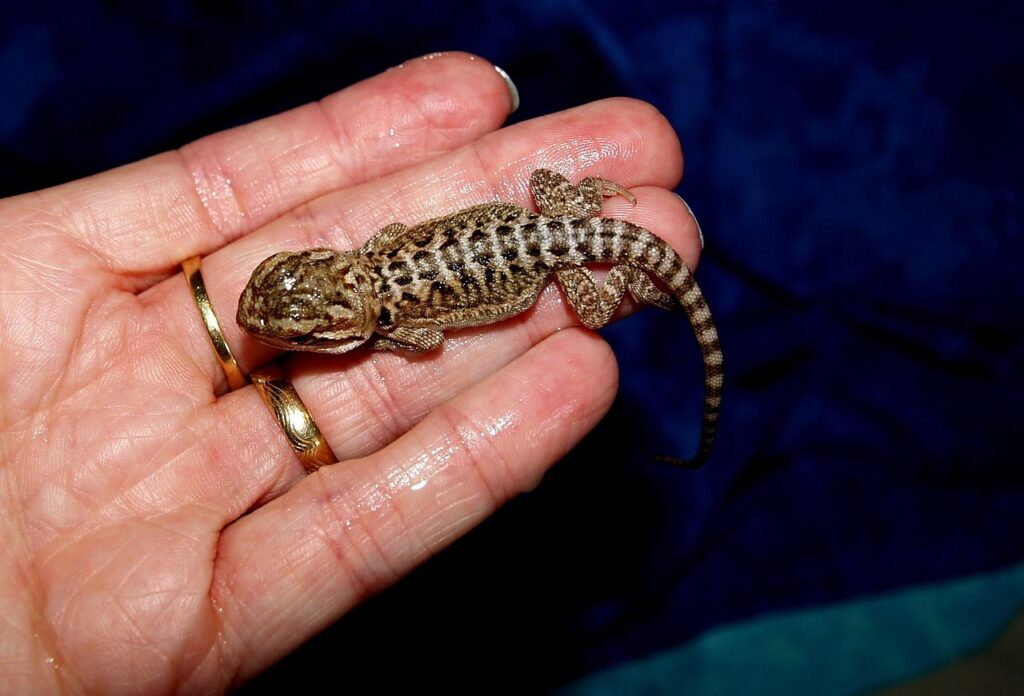
Maintaining proper hydration during outdoor excursions is essential, especially on warmer days when bearded dragons may lose moisture more rapidly. Always bring a shallow water dish that your dragon can access easily while outdoors, placing it in a shaded area to keep the water cool. Regarding feeding, opinions among reptile experts vary—some recommend against feeding outdoors to prevent ingestion of harmful environmental elements, while others suggest that allowing natural foraging for safe plants can be enriching. If you do permit outdoor feeding, ensure your dragon only consumes plants you’ve positively identified as safe, and avoid areas where wild insects may have been exposed to pesticides. After returning indoors, offer fresh water to help flush any potentially consumed environmental toxins.
Building Outdoor Confidence Gradually
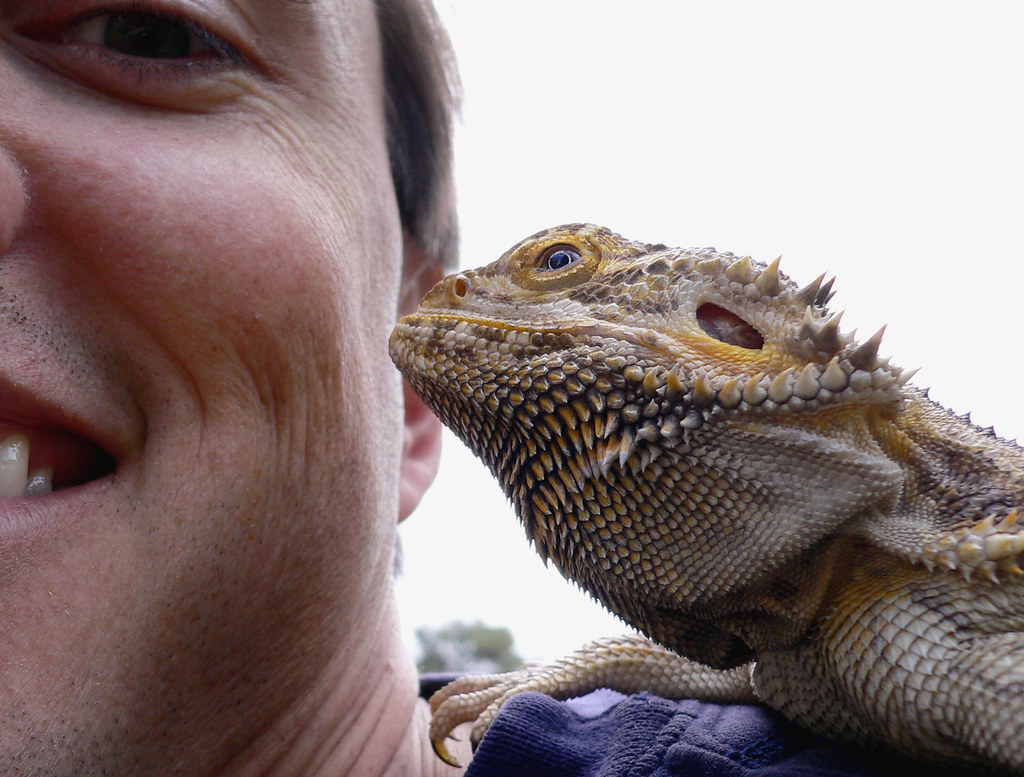
Introducing your bearded dragon to the outdoors should be a gradual process, particularly for dragons that have spent their lives exclusively in indoor environments. Start with very brief sessions of just 5-10 minutes in a quiet, controlled outdoor space with minimal stimulation, allowing your pet to acclimate to the new sounds, smells, and sights. Watch for positive body language like relaxed posture, curious tongue-flicking, and normal coloration that indicates comfort. If your dragon shows stress signals, end the session and try again another day with an even more controlled environment. Some owners find success starting with a partially covered enclosure that provides more security for nervous dragons, gradually removing covers as confidence builds. With patience and consistency, most bearded dragons eventually develop comfort with outdoor experiences.
Emergency Preparedness for Outdoor Adventures
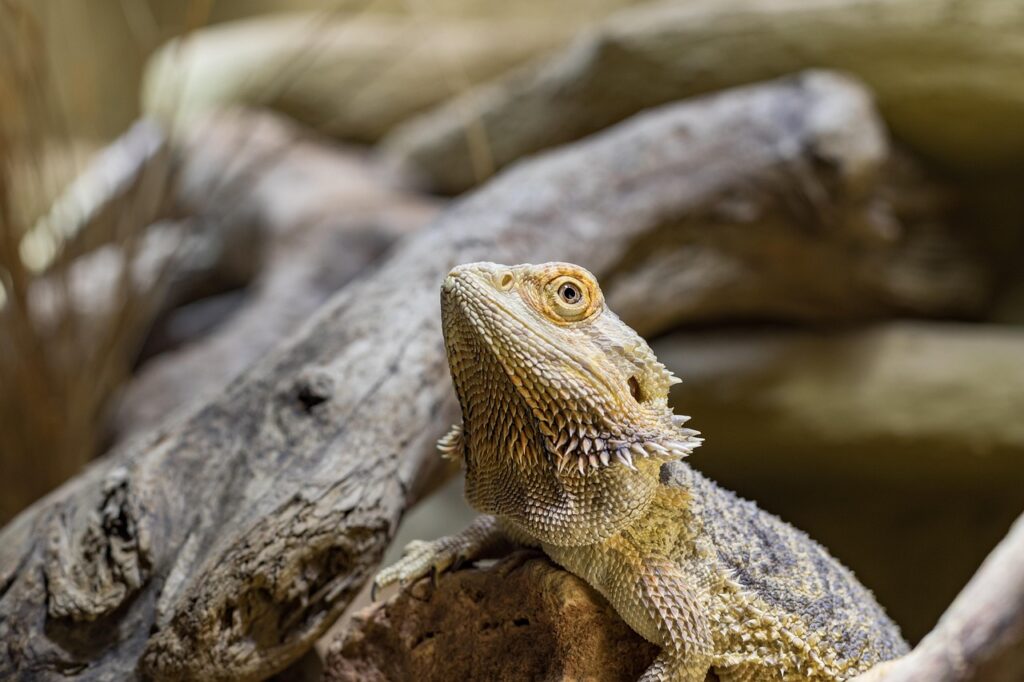
Being prepared for emergencies is crucial when taking your bearded dragon outdoors. Always have your exotic veterinarian’s contact information readily available, including after-hours emergency numbers in case of urgent situations. Bring a small emergency kit containing items like tweezers (for removing splinters or ticks), clean water for rinsing if your dragon contacts something questionable, and a small towel that can provide quick shade or warmth as needed. Familiarize yourself with the nearest emergency exotic vet locations, particularly when traveling with your dragon away from home. Have a secure, temperature-stable carrier readily available for immediate transport if your dragon shows signs of distress or injury that requires professional attention.
Taking your bearded dragon outside can be a rewarding experience that offers substantial health benefits, from superior UVB exposure to mental stimulation. However, these advantages must be balanced against potential risks through careful planning and constant vigilance. By creating appropriate enclosures, understanding weather requirements, avoiding environmental hazards, and maintaining close supervision, you can safely introduce your bearded dragon to outdoor experiences. Remember that each dragon is an individual—some may thrive during outdoor adventures while others might prefer the comfort and security of their indoor habitat. By following the guidelines outlined in this article and paying close attention to your pet’s unique needs and responses, you can make informed decisions about incorporating outdoor time into your bearded dragon’s life, potentially enhancing their overall wellbeing and strengthening your bond through new shared experiences.

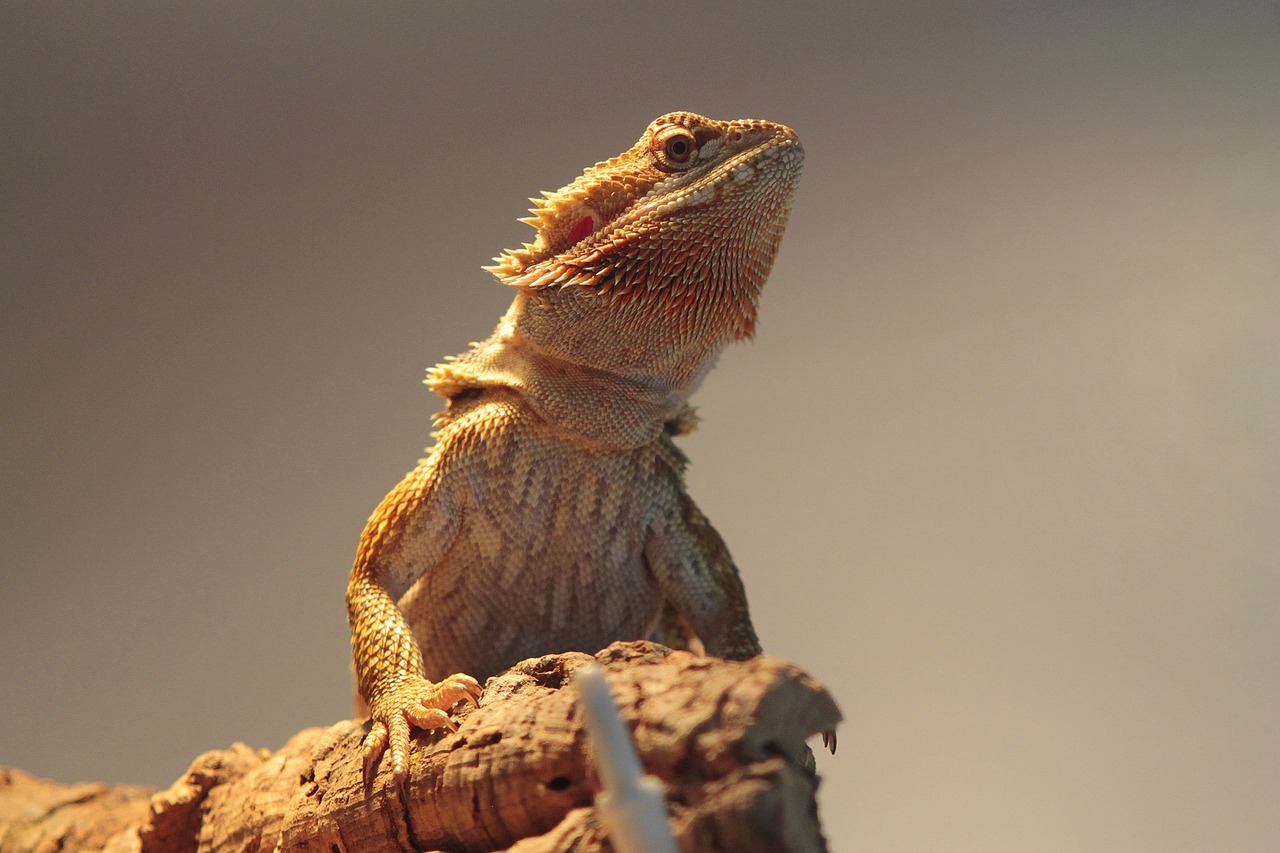



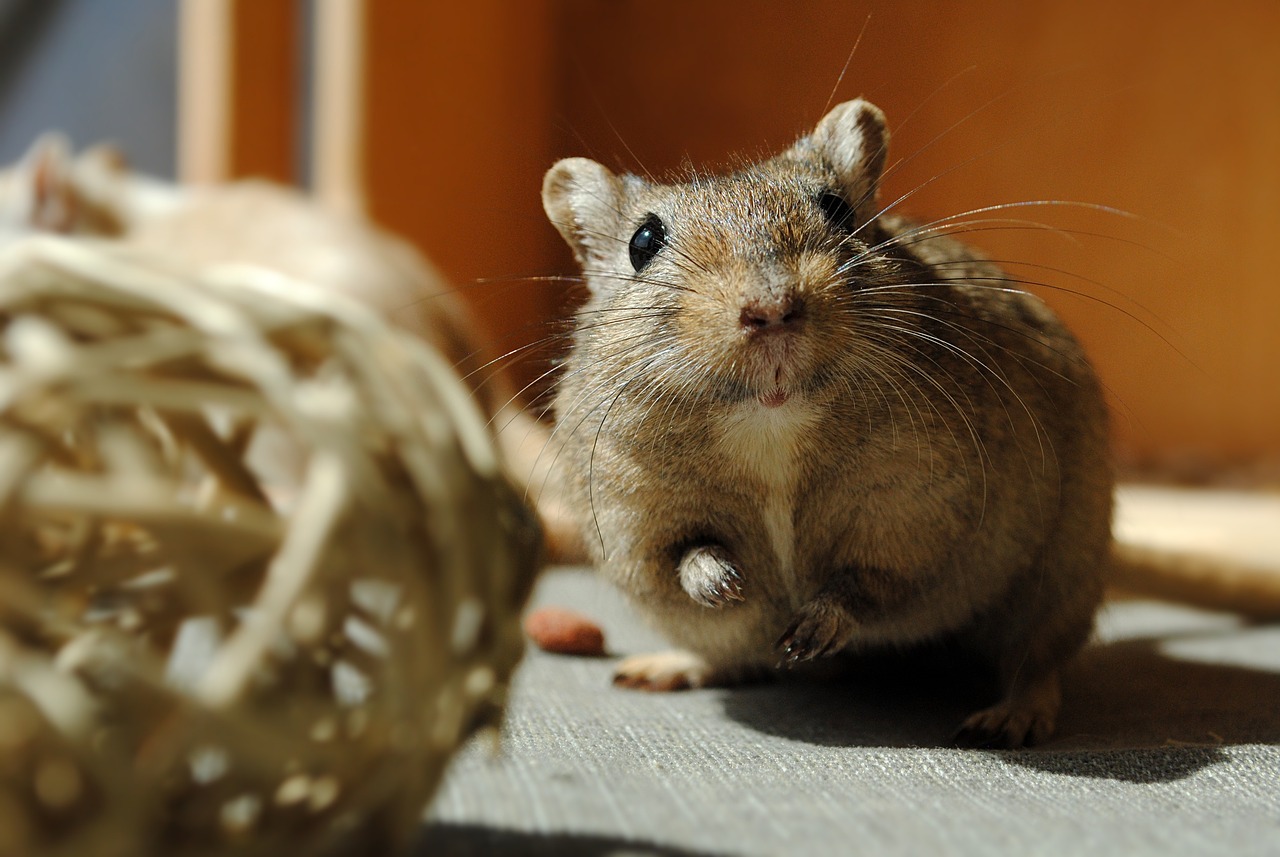

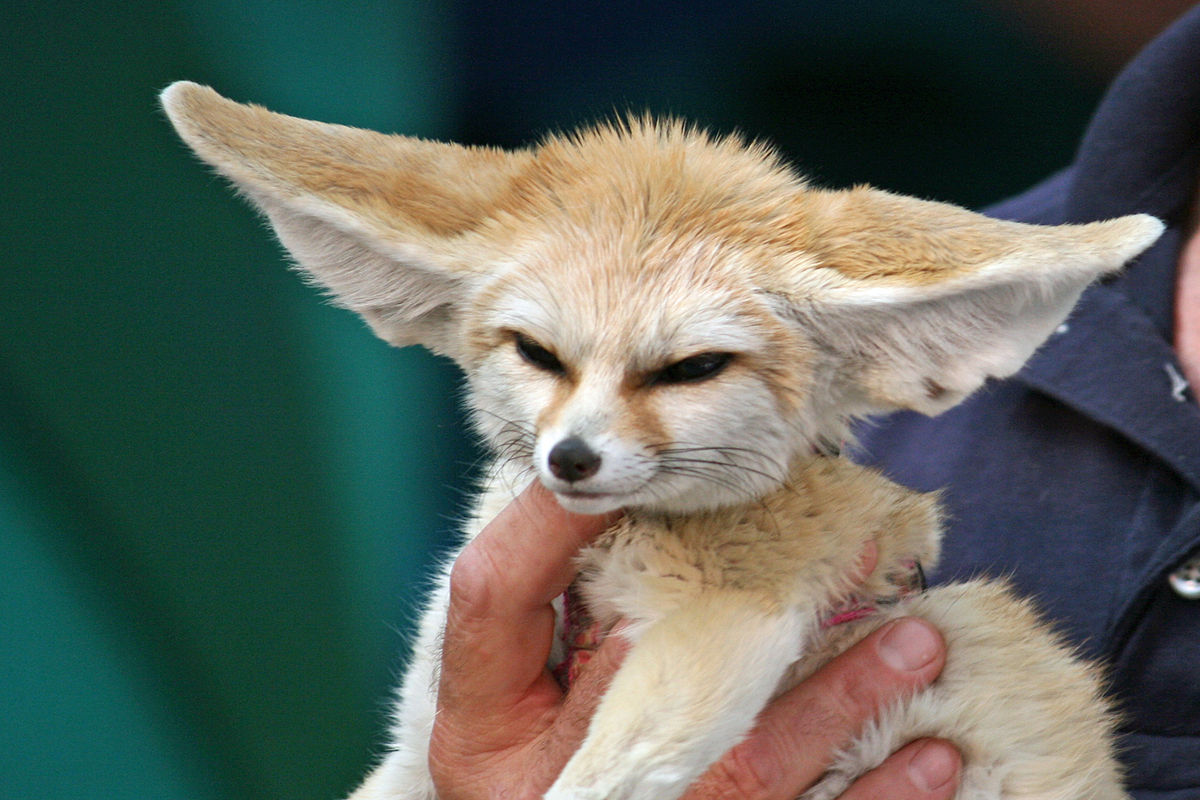



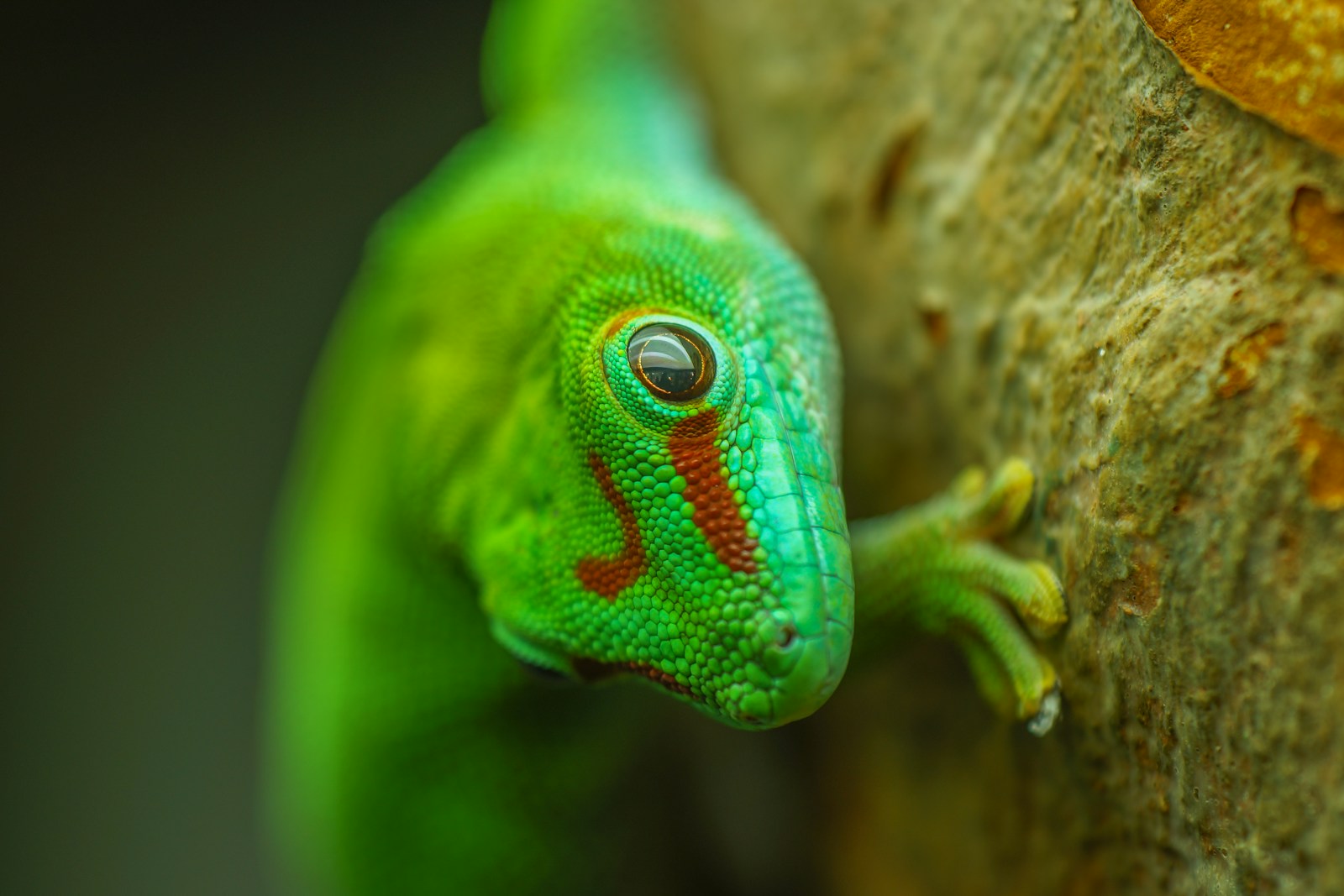




Leave a Reply